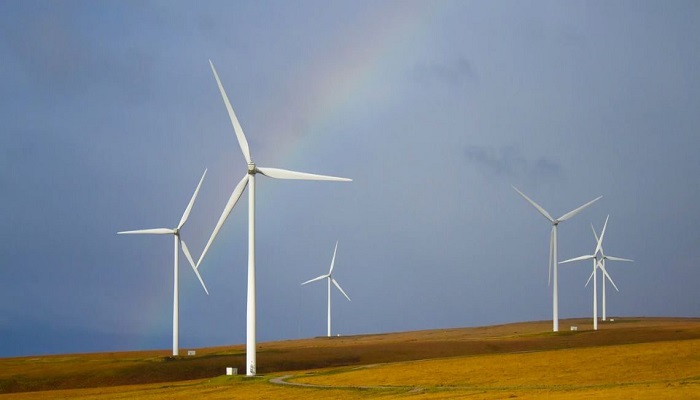In 2022, the EU added 15 GW of new wind farms, a third more than in 2021. Germany, Sweden, and Finland are leading the pack in terms of newly installed capacity, with Spain and France following closely behind.
Onshore wind made up 90% of the increased wind capacity. And almost all of the brand-new onshore wind farms were located on brand-new greenfield sites. Older wind farms weren’t repowered all that frequently. Governments are missing a trick since, on average, repowering increases a wind farm’s output while using 25% fewer turbines.
More renewable electricity per GW is possible with an increase in capacity factors.
New wind farms today produce more electricity per MW than they did in the past. Onshore wind farms that are brand-new often have capacity factors above 35%. 50% capacity factors are delivered by new offshore wind projects. For every GW installed, current onshore turbines generate an average of 3 TWh of power per year, whereas modern offshore turbines generate an average of 4.4 TWh per year.
Permitting progress
The EU installed more wind farms in 2022 than in 2021, which is positive. However, 15 GW is still far short of what Europe needs to construct to meet its climate and energy security goals. The permission difficulties are mostly to blame for the deficit. In Europe, 80 GW of projects for wind energy are presently awaiting approval. They should be powered on as soon as feasible. The REPowerEU allowing measures will be beneficial. Additionally, some governments are already making improvements on a national level.
Given the difficulties the European wind sector had in 2018, 15 GW of new wind in 2022 is not too dismal. However, the decline in investments in new wind farms is less positive. Investors are staying away due to the uncertainty surrounding electricity market regulations. According to Giles Dickson, CEO of WindEurope, the EU must once more make Europe a desirable location for investments in renewable energy.
Decrease In New Investments
The development of new wind farms is threatened by inflation as well as unproductive government interventions in the electricity market. Only 12 GW of additional capacity was provided by investment projects in wind farms in the EU during the first 11 months of 2022. This is much less than the rate of new investments required to meet the EU’s 2030 climate and energy ambitions. Investors must have more knowledge of the laws that apply when the EU reforms the power markets. Investors are fleeing because of the member states’ power to enact their own national regulations as a result of the emergency measures from last year. Instead, they are making investments in the US, Australia, and other countries. Major renewable energy investors currently find the EU to be unattractive.
This is especially irritating because industrial users in Europe have never had a bigger need for wind energy. They want more wind to aid in decarbonizing their operations. In 2022, the amount of renewable PPAs signed by companies remained stable, but it could have been significantly higher with increased investment in new wind farms.
Supply Chain Issues With Wind Energy
The year 2022 will be challenging for the wind energy supply chain. Europe’s turbine producers and suppliers were severely impacted by inflation. They currently confront a number of interrelated difficulties, including price increases for essential inputs and commodities, broken trade flows, shortages of particular materials and components, and inadequate auction designs in some nations.
In order to implement the clean and digital revolutions, Europe must engage its industrial foundation. Not the least of which is to imitate the all-encompassing policy support for green technologies provided in other regions of the world, like the US Inflation Reduction Act. Investments in new and updated wind energy production facilities can be supported by the EU, national governments, and the EIB, among other entities.
The 33% rise in new installations over the previous year demonstrates that the European wind sector is rising to the occasion. However, the existing cost pressures leave little room for the fresh investments that their companies really need to make. According to Giles Dickson, if the EU is sincere about its energy and climate ambitions, it should support these expenditures in the supply chain, including factories, skilled labour, networks, raw materials, and vessels.





































